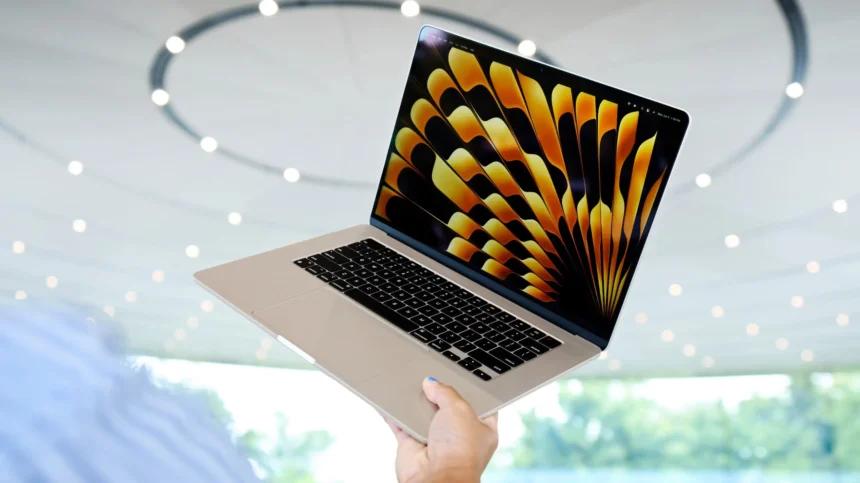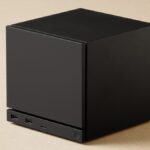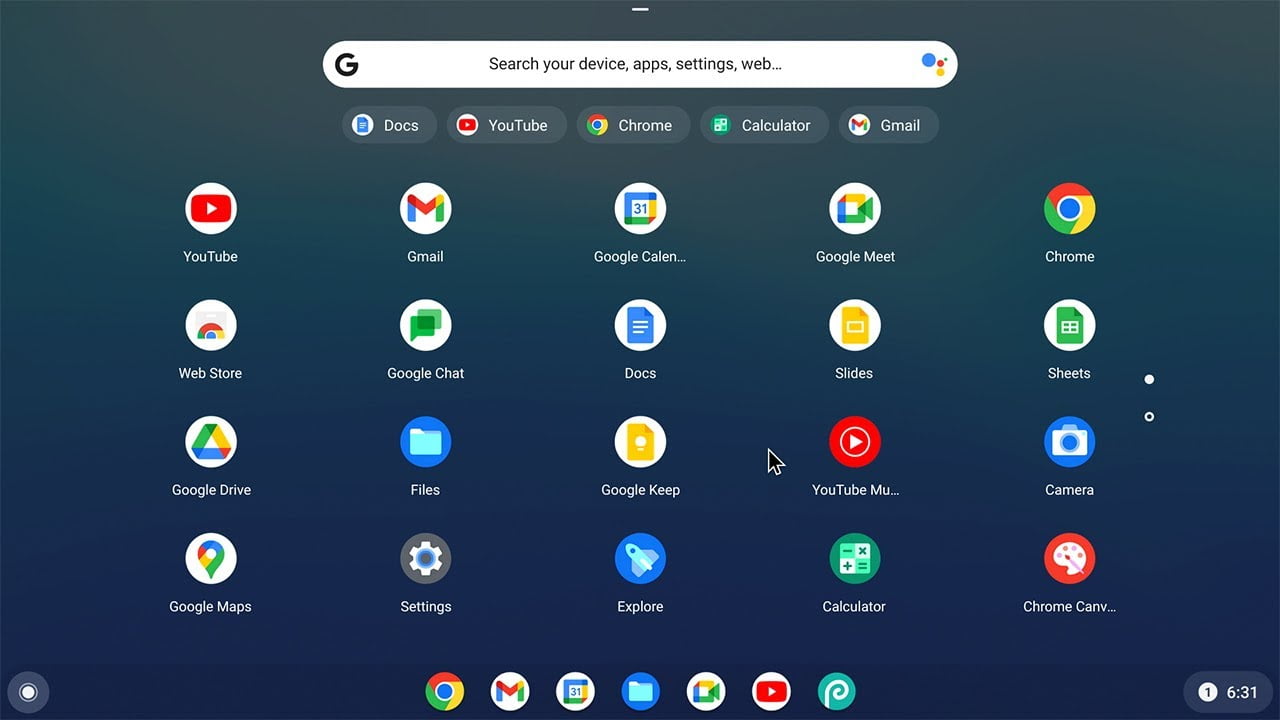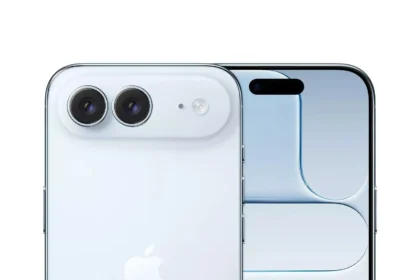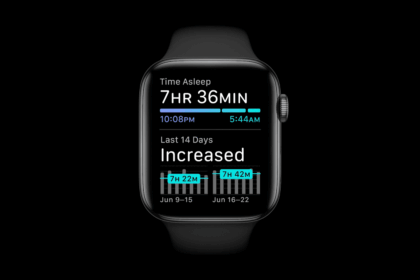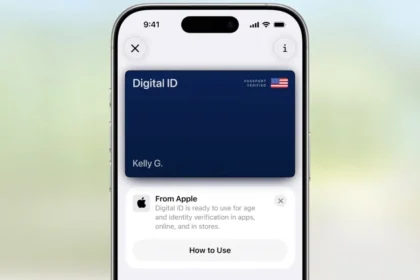Rumors about Apple preparing a more affordable MacBook are gaining strength — and if true, it could disrupt the segment that has traditionally belonged to Windows laptops. For years, Microsoft and its hardware partners have dominated the mid-range price bracket without much direct competition from Apple.
That may be about to change. A “budget” MacBook would mark Apple’s first real attempt to challenge Windows devices not just in the premium space, but in a category where volume and accessibility drive sales. If priced aggressively, it could pose a serious threat to Microsoft’s ecosystem, forcing PC makers to rethink how they position their machines.
The big question is whether Microsoft should be worried. With Apple’s tight integration of hardware and software — and the growing popularity of its ARM-based chips — even a lower-cost MacBook could offer performance and efficiency advantages that Windows devices will struggle to match.
For now, everything remains speculation, but the possibility of a mid-range MacBook is enough to make the PC industry pay close attention.
The “Cheap” MacBook: Not About Specs, All About Status
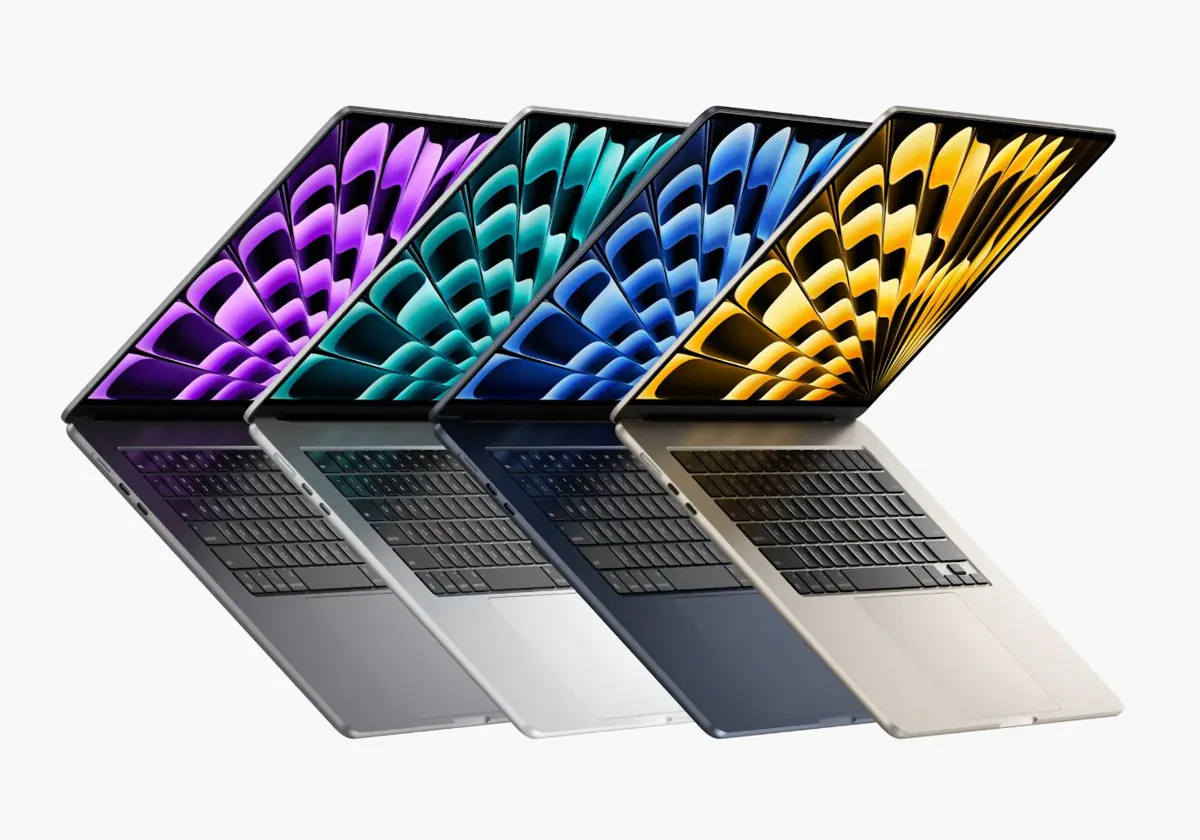
| Feature | Detail (filtering/rumored) |
|---|---|
| Commercial name | To be confirmed. |
| Departure price | Between $ 599 (STUDENTS PROGRAM) and $ 699 (USA) |
| Estimated launch | Late 2025 either early 2026; components in mass production from Q3 2025 |
| Screen | 12.9 ″ (Some sources speak of “~ 13 ″”); LCD, 60Hz. |
| Chip | Apple A18 Pro (N3E); 6-core CPU (2 performance + 4 efficiency), 6-core GPU, Neural Engine 16 cores |
| RAM | They are rumored to be 8 GB. The Current air/pro are started from 16 GB |
| Storage | To be confirmed |
| Ports | USB-C without Thunderbolt (limited to up to 10 GB/s) |
| External monitors | Native support for 1 External monitor (expandable with displaylink adapters) rumor |
| Design | Ultrafine and light; I would remember the 12 ″ MacBook (2015-2017) |
| Colors | Silver, blue, pink and yellow (to be confirmed). |
| Target audience | General consumer (not focused on education/Chromebook) |
| System | Tahoe macOS |
Looking at the rumored specs, Apple’s upcoming MacBook isn’t going to set new benchmarks for value. If it really launches with just 8 GB of RAM, a 60 Hz LCD panel, modest storage, and the A18 Pro chip (performance on par with the old M1 MacBook Air), plenty of Windows laptops will easily outshine it on paper — often at a lower price.
But here’s the thing: Apple doesn’t need to win on specs, and they know it.
For years, the Cupertino brand has cultivated more than just a product line — it’s built a lifestyle. An iPhone, an iPad, a MacBook… owning them has long carried a layer of prestige, a signal of taste and even social standing. That aspirational edge is something competitors have struggled to replicate, no matter how strong the hardware.
Now imagine Apple lowering the barrier. For the first time, a brand-new MacBook could hit shelves for under €700. Suddenly, the product that was once out of reach for many becomes accessible. Not because it’s the most powerful or the best deal, but because it’s a MacBook — and that’s enough to sway millions of buyers who’ve always wanted one.
Specs may fuel debates online, but in the real market? Identity and desire often win.
Windows 11’s Beauty and Flaws: Why a “Cheap” MacBook Could Change the Game
When Panos Panay, then head of Windows and Surface, once remarked, “We want people to use Windows because they love it, not because they have no choice,” he was hitting a nerve. The truth is, most users stick with Windows out of habit or necessity, not affection.
It’s a system that covers every price range and every form factor, offering unmatched flexibility. But when it comes to design consistency, polish, and attention to detail, Apple still sets the standard.
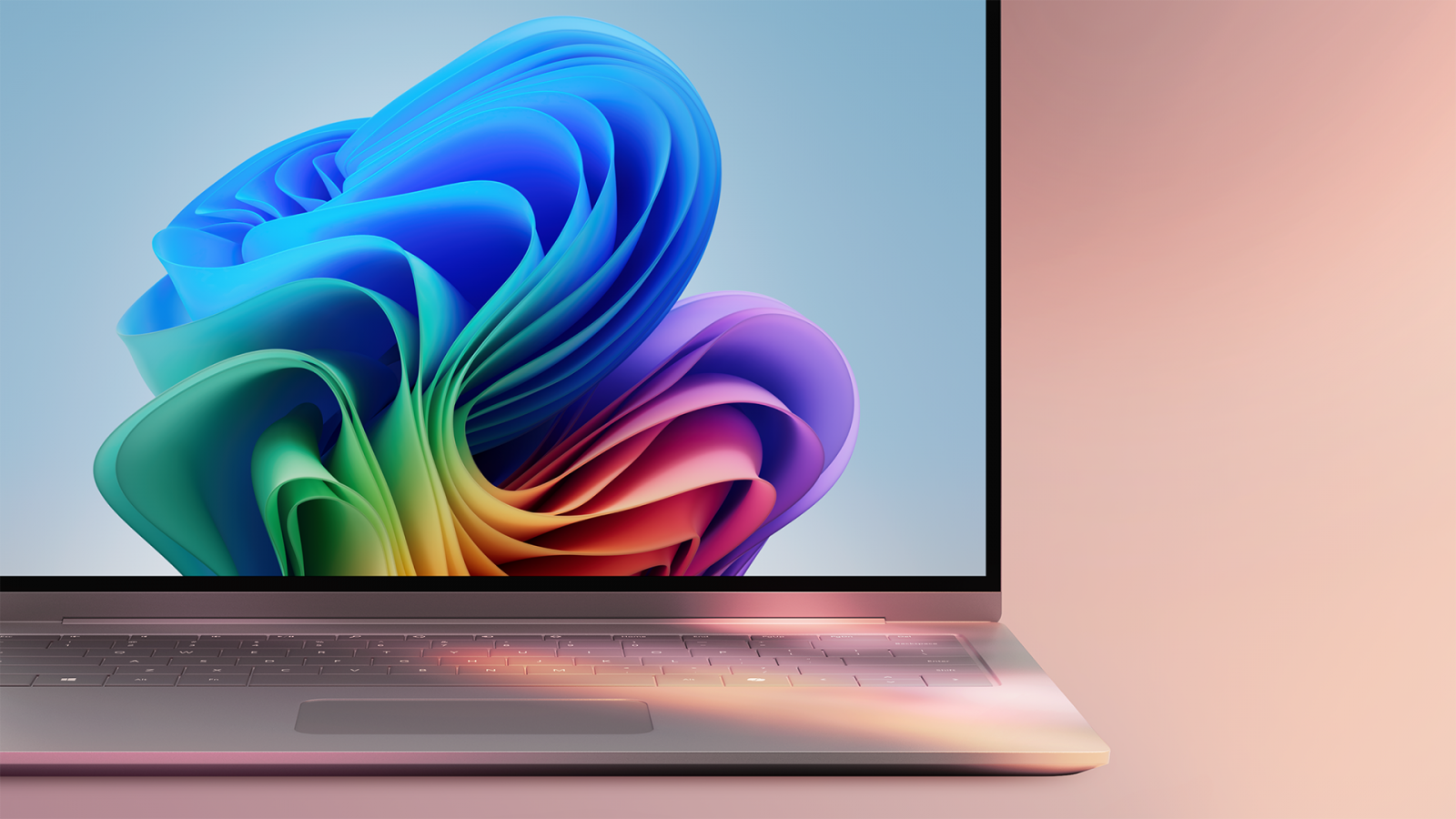
Windows 11 tried to close that gap. It delivered a long-overdue facelift: softer animations, fresher sounds, a cleaner look. But looks alone can’t mask its unfinished state. Dark mode remains patchy, the aging Control Panel refuses to die, and File Explorer feels like a patchwork quilt of old and new code. Worse still, Windows 11’s appetite for resources makes running it on an 8 GB machine a frustrating experience — ironic, considering that’s the baseline for most consumer laptops.
Then come Microsoft’s baffling choices. Swapping the well-liked Mail and Calendar apps for a bloated web-based Outlook? Alienating users for the sake of cost-cutting. Third-party developers are following suit, ditching native apps for lighter-to-maintain web wrappers. WhatsApp is only the latest casualty of this trend.
And this is exactly where Apple’s rumored “cheap” MacBook could sting. No, it won’t dazzle with specs. But it will guarantee build quality, a stable and consistent operating system, and seamless integration across the Apple ecosystem. That’s enough to expose Windows’ Achilles heel: its dominance is built not on user love, but on lack of competition.
If Apple can put a MacBook on shelves for under €700, and if it delivers the trademark Apple experience at that price point, it won’t just sell units. It will prove that Microsoft’s giant is standing on clay feet — successful not because it’s beloved, but because no one else dared to challenge it in the mid-range laptop space.
What can Microsoft do?
It would be unfair to paint the Windows ecosystem as a hopeless case. In fact, recent developments prove the opposite. The arrival of Snapdragon X Elite and other ARM-based processors has breathed fresh life into Windows devices. I’m writing this from a Surface Pro 11 powered by Qualcomm’s flagship chip, and I’ve never been happier with a Windows machine. Performance, efficiency, and fluidity are finally on par with what Apple users have long enjoyed.
The old “Wintel” alliance — shorthand for the historic partnership between Microsoft and Intel — has, in many ways, held Windows back in recent years. Intel’s stagnation left the door open: AMD clawed market share with its Ryzen line, and now Qualcomm has delivered ARM chips that outshine Intel’s latest offerings. Nvidia and MediaTek are also circling with their own ARM solutions, suggesting that Windows’ hardware ecosystem could become more dynamic — and competitive — than ever.
Windows 11 on ARM is a clear step forward, but one can’t help but wonder: is the transition happening too slowly? Apple made its architecture switch swiftly and decisively, turning potential disruption into a success story. Microsoft risks letting Cupertino capitalize on the dissatisfaction of users stuck between two worlds.
Another underused strength is Windows’ adaptability to form factors. Where are the Windows tablets we were promised? Microsoft had a vision back in the Windows 8 era, doubled down with Windows 10’s tablet mode, and teased a lightweight approach with the now-abandoned Windows 10X. Yet today, affordable tablets are almost entirely ceded to Android, with Windows being too heavy for €300–€400 devices and too reliant on web apps rather than lean, efficient native software.
This neglect is telling. Microsoft could have trimmed and optimized Windows to run smoothly on low-cost hardware. They could have modernized the UI for tablets. Instead, their focus has shifted almost entirely to artificial intelligence. In Redmond’s view, whoever dominates AI will dominate the future of computing. Hardware, operating systems, even form factors — all are secondary to securing that crown.
Maybe they’re right. Maybe betting everything on AI will pay off. But in the short term, the reality is clear: Windows matters less to Microsoft than macOS does to Apple.

